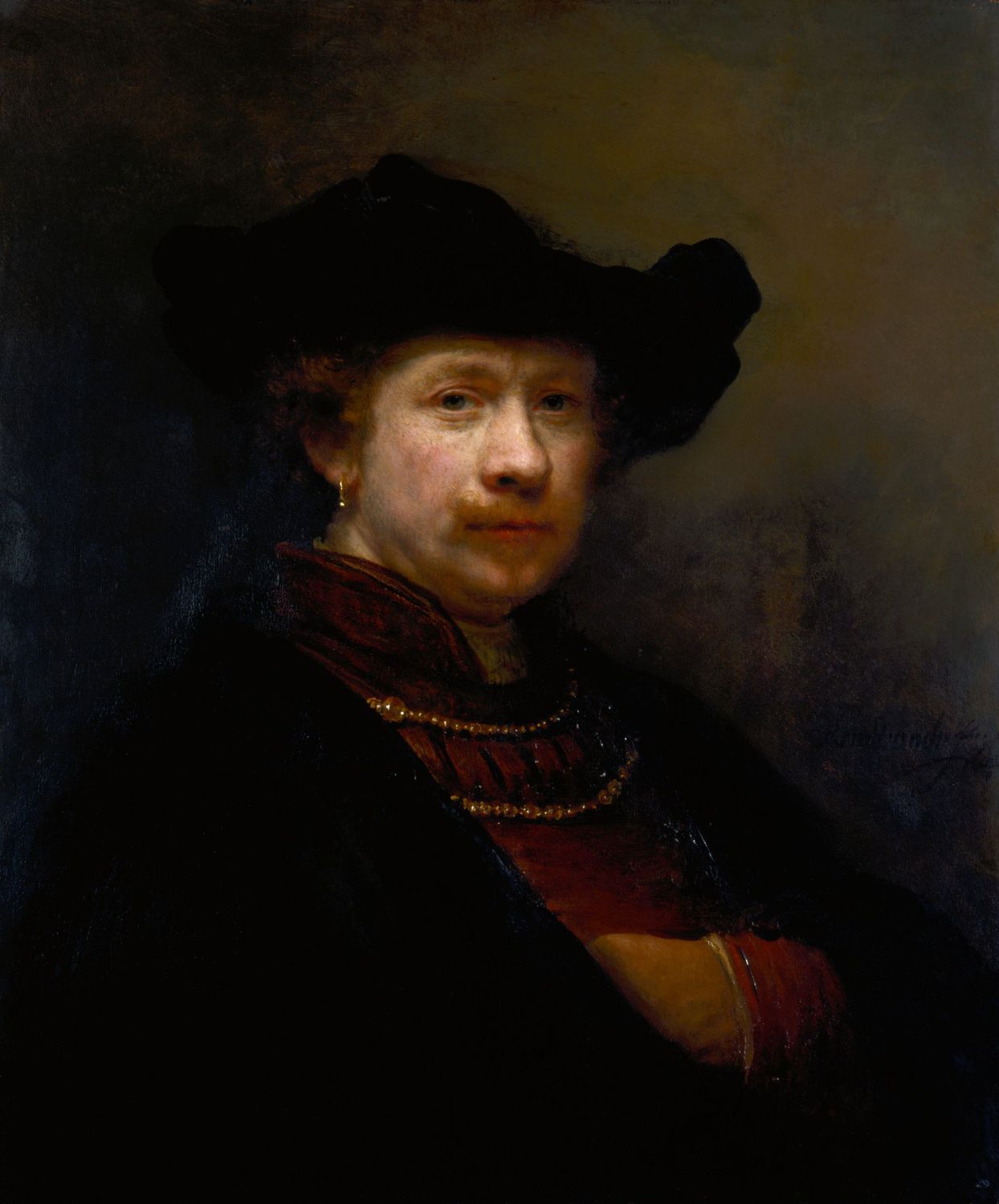Chiaroscuro and/or Photographing Light

Chiaroscuro (from Italian chiaro, “light,” and scuro, “dark”), in art, is the use of strong contrasts between light and dark, usually bold contrasts affecting a whole composition. It is also a technical term used by artists and art historians for the use of contrasts of light to achieve a sense of volume in modelling three-dimensional objects and figures.
The technique was first brought to its full potential by Leonardi da Vinci in the late 15th century in such paintings as his Adoration of the Magi (1481). Thereafter, chiaroscuro became a primary technique for many painters, and by the late 17th century the term was routinely used to describe any painting, drawing or print that depended for its effect on a gradation of light and darkness.
Create an arresting image
In photography, the chiaroscuro lighting technique can be defined simply as high contrast lighting. You use the extremes of dark and light to create an arresting image. It can be used in colour or black and white photography.

In Portrait photography, chiaroscuro lighting is often associated with professional studio lights. But you can also achieve it with the help of natural light or simple artificial light sources.
Window Light the most accessible source of natural light for chiaroscuro portraits. With the right exposure, you’ll be able to darken any distractions in the background. This will help you put the spotlight on your model. Make sure you’re taking photos in a room where the window is the only source of light. This will help you create high contrasts.
You can also use small sources of light in the dark. For example, you can take photos of your model holding a candle, lighter, or a torch at night.

But Chiaroscuro is NOT confined to portraiture and lends itself to a rendering of any scene with extreme contrasts between light and dark
The photo top left was shot in Vietnam and underexposing the image draws attention to the lanterns but the directional light source—in this case a window above—lights up the couple and allows for a beautiful visual effect of light seeping into darkness. This in turn amps up the romantic atmosphere of the place and turns the picture into a cinematographic moment.
The same applies to the image below, taken during a boat trip near Oxford (England). Notice how the setting sun light is directional and leads the eye from outside the frame directly to the subject, which is placed in the sweet spot where light meets shadow.

